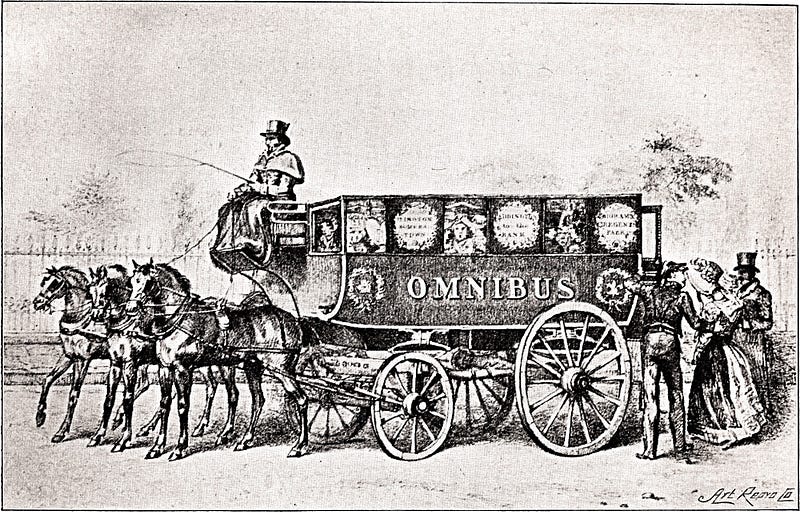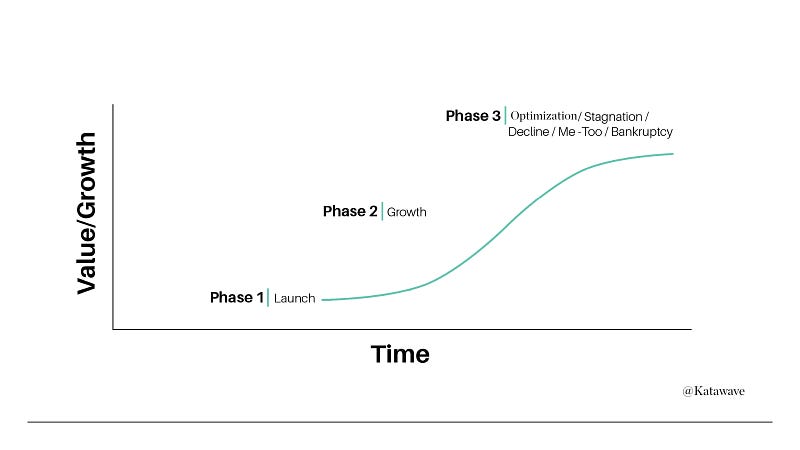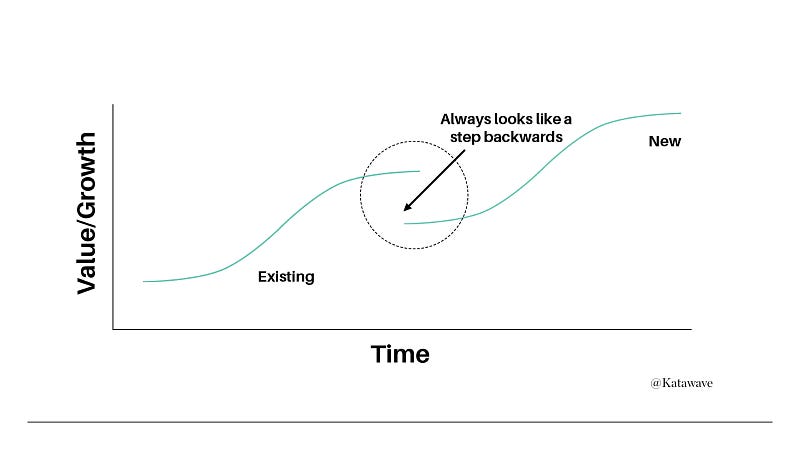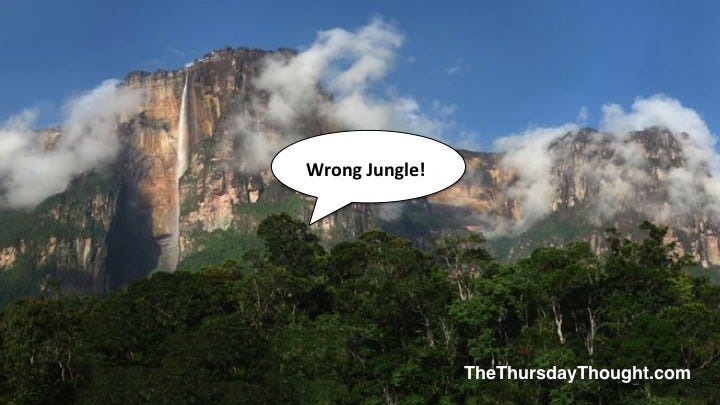
“If you are going to climb a ladder, make sure it is against the right wall.”
The Great Horse Manure Crisis of 1894

“In 50 years, every street in London will be buried under nine feet of manure” — The Times, 1894
In 1894, the main mode of transport was horse-drawn carts, horse-drawn omnibuses and hansom cabs. London had over 50,000 horses working the streets every day, while New York had over 62,000. According to the 89th Annual Report of the Board of Health, nearly 500 tonnes of horse manure were collected from the streets of New York every day, produced by 62,208 horses. Imagine what the streets of London and New York looked and smelled like!
With a life span of only 3 years the horses often collapsed with exhaustion and their decaying corpses were left abandoned on the streets. In 1880, New York City removed 15,000 these dead horses from the streets. As a result, the streets were covered with flies, dung and disease.
The First International Urban Planning Conference of 1898
New York hosted the inaugural International Urban Planning Conference in 1898. The main topic on the agenda was the horse manure problem.
Countries all over the world faced the same problem and all sought to find an urgent solution.
However, they could not find any solution. In fact, the attendees were so discouraged, that the conference was abandoned several days early.
What if the solution to excessive horse manure was to have no horses at all?
Enter Henry Ford and his Model T.
Not only was it a solution to the manure problem, but cars were easier to manage than horse-drawn vehicles. Cars were also cheaper to run.
The horse-drawn vehicle business was disrupted overnight.
One day they are dealing with the challenge that they cannot sell any more vehicles due to street capacity. The next day, they are preparing for the fact that their business will be devastated by a direct, more efficient and less expensive replacement product — the motorcar.
This is a familiar tale for so many businesses today. This is why businesses have to focus some resources on looking at the future.
In an ideal scenario you would have a team looking at several variations of the future. You will have a team creating Choice“S”.
Choice “S”
I met a brilliant client for lunch the other day. We were discussing innovation in general and how our work has helped her company.
She said something I had never considered. She said “It is about creating choices”. She said by knowing where an industry is going you make different decisions today.
For regular followers of The Thursday Thought, you will be familiar with my fondness of “S” curves, for those new readers, here is a quick version.

S curves are a great way to map both business and product lifecycles and they can also apply to your career. S curves follow the shape of the letter S with a flat start with early adopters and niche clientele. Rapid growth comes next, with a sudden peak after the flat start, finally comes a dominant position in the market.

After the rapid growth phase, businesses or products begin to plateau and experience stagnation, optimisation, automation, job cuts and quite often a me-too proposition.
To Innovate Companies and Leaders need to jump from one S curve to another, but few have the courage to do so. The jump always looks like a step backwards.

When Blockbuster CEO, Jim Keyes took over he ignored the next ideal jump for Blockbuster (which was a more ideal Blockbuster in line with the evolution of people and technology). When quizzed over why he turned down the option to acquire Netflix he stated: (for under 1 million) “Neither RedBox nor Netflix are even on the radar screen in terms of competition”. Not long after Blockbuster went bankrupt and we know the success story Netflix is today.
From Keyes perspective, he was doing a good job focussing on what Blockbuster did well today and felt looking at the next jump (which looks like a step back) was a distraction.
As with the Horse Manure Crisis, Blockbuster focussed on its current reality and did not look at real evolutionary patterns (not trends, not surveys). They did not look at the interplay between people and things. They did not create choices, they did not ask the right questions. They did not ask the hard questions.
We Get Comfortable Executing not Questioning
It is way more comfortable to go to your computer everyday and answer emails, send emails and cross low lying fruit off the to-do list.
It is much more difficult to question the list.
Are these the right things to be working on?
Am I doing them to my optimum ability?
Am I on the right ladder?
Wrong Jungles?

Steven Covey tells the great story of a group of producers cutting their way through a jungle with machetes. They are the producers, the problem solvers. They are the ones working in the business.
Management is pushing them, following processes, sharpening machetes, writing policy documents and procedure manuals, holding muscle development sessions to improve efficiencies, seeking improved technologies, and setting up working schedules and compensation programs for the machete workers.
Meanwhile, the leader is the one working on the business. The leader climbs the tallest tree, surveys the entire situation, and yells, “Wrong jungle!”
Management is very busy, as are the ever-efficient producers. This is the last thing they want to hear, so they respond, “Shut up! We’re making progress.”
Management is a bottom-line focus. Management is process driven and focusses on the present.
Management is incentivised on today.
Leadership is top-line focus. Leadership is deciding what jungle should be the focus and if there should be a focus on jungles at all? It takes leadership to deliver choices, to look beyond today, it takes disruptive leadership, resilience and bravery to act on it.
Leadership is focused on tomorrow.
“Management is doing things right; leadership is doing the right things.”
If you liked this post please give it a thumb so others will see it.
On this week’s innovation show we talk to Mark Emalfarb the founder and CEO of Dyadic International, Inc. a public company that trades on the OTCQX Markets under the stock symbol “DYAI”. This is a phenomenal story and a truly remarkable 4 decade entrepreneurial journey. Mark was told he had rocks in his head when he helped pioneer the concept of using rocks (pumice stones) in a washing machine, the process of stonewashed jeans. In December of 2015 Dyadic’s industrial biotech company was acquired by DuPont for $75 million and this has allowed Dyadic to focus on what Mark describes in his interview as the final frontier.
The show is broadcast on RTÉ Radio 1 extra 3 times weekly and on iTunes, TuneIn and and Google play. Website is here and below is Soundcloud.